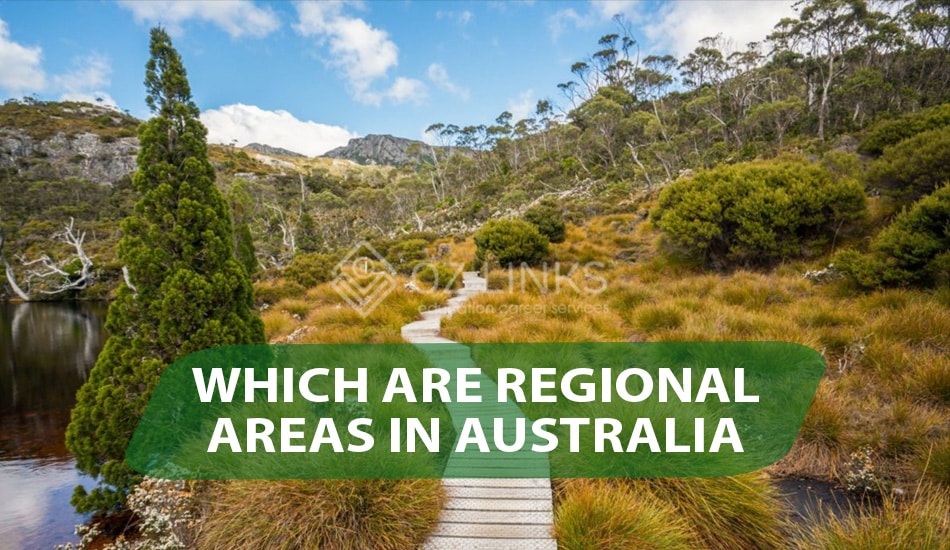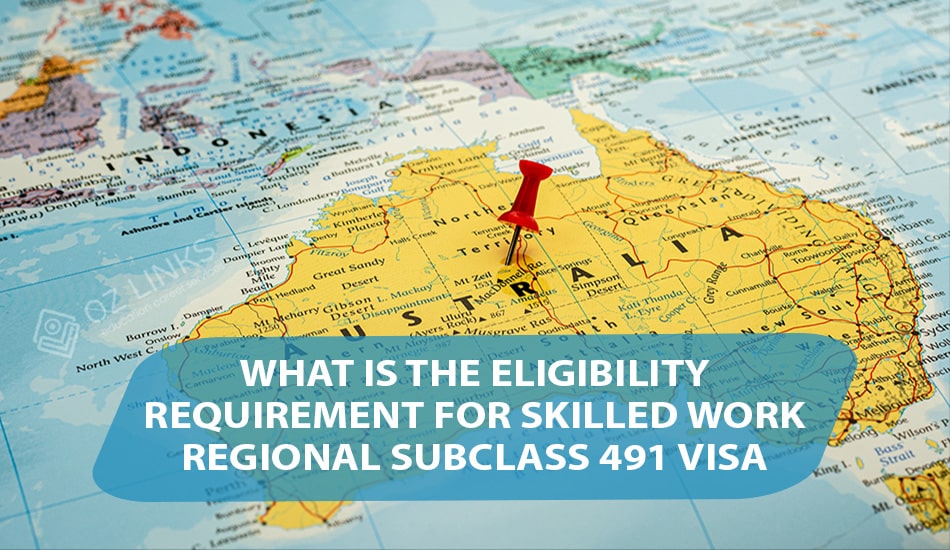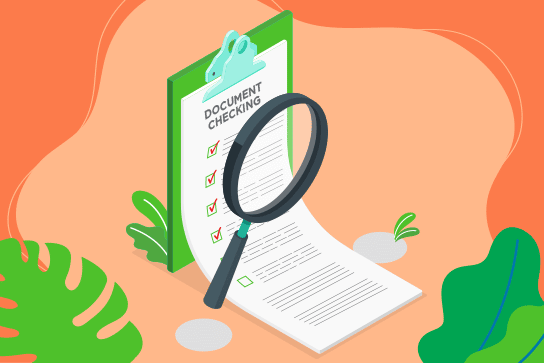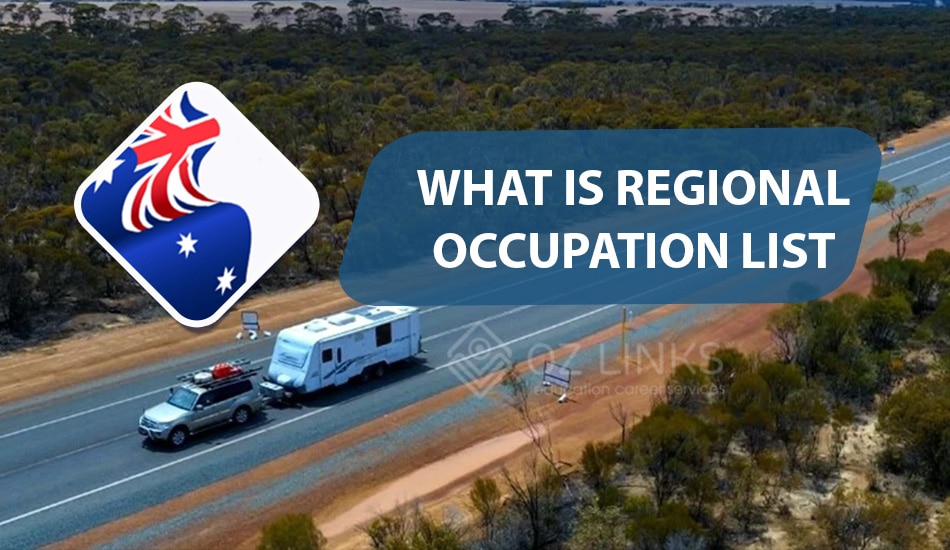The Regional Occupation List (ROL) is a list of 77 occupations determined by the Department of Employment (DoE) and the Department of Home Affairs. The ROL occupation list is prescribed in Legislative Instrument LIN 19/051 registered on 22 November 2019.
The Regional Occupation List (ROL) occupation list is based on labour market advice provided by the Department of Jobs and Small Business. The update to the skilled occupations lists ensures that the entry of skilled oversea workers to Australia remains carefully calibrated to Australia’s needs.
The Regional Occupation List (ROL) is relevant to persons who are nominated by a State or Territory government agency for the Skilled Work Regional Visa (Subclass 491), for more information about Subclass 491 visa visit the Department of Home Affairs website.
Which are regional areas in Australia?

The regional definition is comprised of 3 categories and offers regional incentives for skilled migrants who migrate to locations classified as Category 2 ‘Cities and Major Regional Centres’ or Category 3 ‘Regional Centres and Other Regional Areas’
Category 1: ‘Major Cities’ of Sydney, Melbourne and Brisbane do not receive any regional incentives
Category 2: ‘Cities and Major Regional Centres’ of Perth, Adelaide, the Gold Coast, the Sunshine Coast, Canberra, Newcastle/Lake Macquarie, Wollongong/Illawarra, Geelong and Hobart
Category 3: ‘Regional Centres and Other Regional Areas (Include Designated regional area postcodes as per below table)
|
State or Territory |
Category |
Postcodes |
|
New South Wales |
Cities and major regional centres |
2259, 2264 to 2308, 2500 to 2526, 2528 to 2535 and 2574 |
|
Regional centres and other regional areas |
2250 to 2258, 2260 to 2263, 2311 to 2490, 2527, 2536 to 2551, 2575 to 2739, 2753 to 2754, 2756 to 2758 and 2773 to 2898 |
|
|
Victoria |
Cities and major regional centres |
3211 to 3232, 3235, 3240, 3328, 3330 to 3333, 3340 and 3342 |
|
Regional centres and other regional areas |
3097 to 3099, 3139, 3233 to 3234, 3236 to 3239, 3241 to 3325, 3329, 3334, 3341, 3345 to 3424, 3430 to 3799, 3809 to 3909, 3912 to 3971 and 3978 to 3996 |
|
|
Queensland |
Cities and major regional centres |
4207 to 4275, 4517 to 4519, 4550 to 4551, 4553 to 4562, 4564 to 4569 and 4571 to 4575 |
|
Regional centres and other regional areas |
4124 to 4125, 4133, 4183 to 4184, 4280 to 4287, 4306 to 4498, 4507, 4552, 4563, 4570 and 4580 to 4895 |
|
|
Western Australia |
Cities and major regional centres |
6000 to 6038, 6050 to 6083, 6090 to 6182, 6208 to 6211, 6214 and 6556 to 6558 |
|
Regional centres and other regional areas |
All postcodes in Western Australia not mentioned in ‘Cities and major regional centres’ category above |
|
|
South Australia |
Cities and major regional centres |
5000 to 5171, 5173 to 5174, 5231 to 5235, 5240 to 5252, 5351 and 5950 to 5960 |
|
Regional centres and other regional areas |
All postcodes in South Australia not mentioned in ‘Cities and major regional centres’ category above |
|
|
Tasmania |
Cities and major regional centres |
7000, 7004 to 7026, 7030 to 7109, 7140 to 7151 and 7170 to 7177 |
|
Regional centres and other regional areas |
All postcodes in Tasmania not mentioned in ‘Cities and major regional centres’ category above |
|
|
Australian Capital Territory |
Cities and major regional centres |
All postcodes in the Australian Capital Territory |
|
Regional centres and other regional areas |
None |
|
|
Northern Territory |
Cities and major regional centres |
None |
|
Regional centres and other regional areas |
All postcodes in the Northern Territory |
|
|
Norfolk Island |
Cities and major regional centres |
None |
|
Regional centres and other regional areas |
All postcodes in Norfolk Island |
|
|
Other Territories |
Cities and major regional centres |
None |
|
Regional centres and other regional areas |
All postcodes in a Territory other than the Australian Capital Territory, the Northern Territory or Norfolk Island |
|
What is Skilled Work Regional Visa (Subclass 491)?
The Skilled Work Regional (Provisional) visa (subclass 491) allows skilled migrants to live and work in designated regional areas for a period of 5 years. You must receive nomination from in either State or Territory government before you can apply for the visa.

What is the eligibility requirement for Skilled Work Regional Subclass 491 visa?
- You must be under 45 years of age before you’re invited to apply.
- You must have a skilled occupation on the relevant skilled occupation list.
- Have a competent level of English ‘Competent English’.
- You must have a positive skills assessment from the relevant skills assessing authority in relation to your nominated occupation.
- You must obtain the minimum score on the Points Test at the time of invitation to apply for the visa.
- You must be nominated by an Australian State or Territory agency or sponsored by an eligible relative living in a designated area.
- You must obtain an invitation to apply for the visa.
- To be invited you will have to submit an Expression of Interest (EOI) in SkillSelect
- You must satisfy certain Public Interest criteria and Special Return criteria.
- You must meet health and character requirements.
Highlights
- You may be in or outside Australia at the time of your visa application lodgment.
- This visa allows you to work, study and live in Australia.
- This is a provisional visa and allows you to stay in Australia for up to 5 years.
- After 3 years on this visa, you may be eligible to meet the requirements for a Permanent Residence (Skilled Regional) visa (subclass 191)
Are you consider studying in regional Australia?
Contact us to discuss the best options for your course in the regional Australia. In our FREE consultation with the following information:
- Course entry requirements, application processes
- Specialty course offerings that are unique to campuses
- Gain extra year on a post-study work visa with regional study
Need help to enrol course, International Student Need Help? Contact Us
DisclaimerThe information provided in this post will help individuals interested in becoming a teacher in Australia for an international student and course enrolment can change over time and vary by university and state. We do not provide professional career advice, whilst we aim to provide information that is accurate and up to date of the How to become a Teacher in Australia, so you be better prepared for it. Please use your skills and judgements and seek professional career advice suited to your circumstances.
From Multiple Sources by Ozlinks Education “Don’t forget to share this post!”



